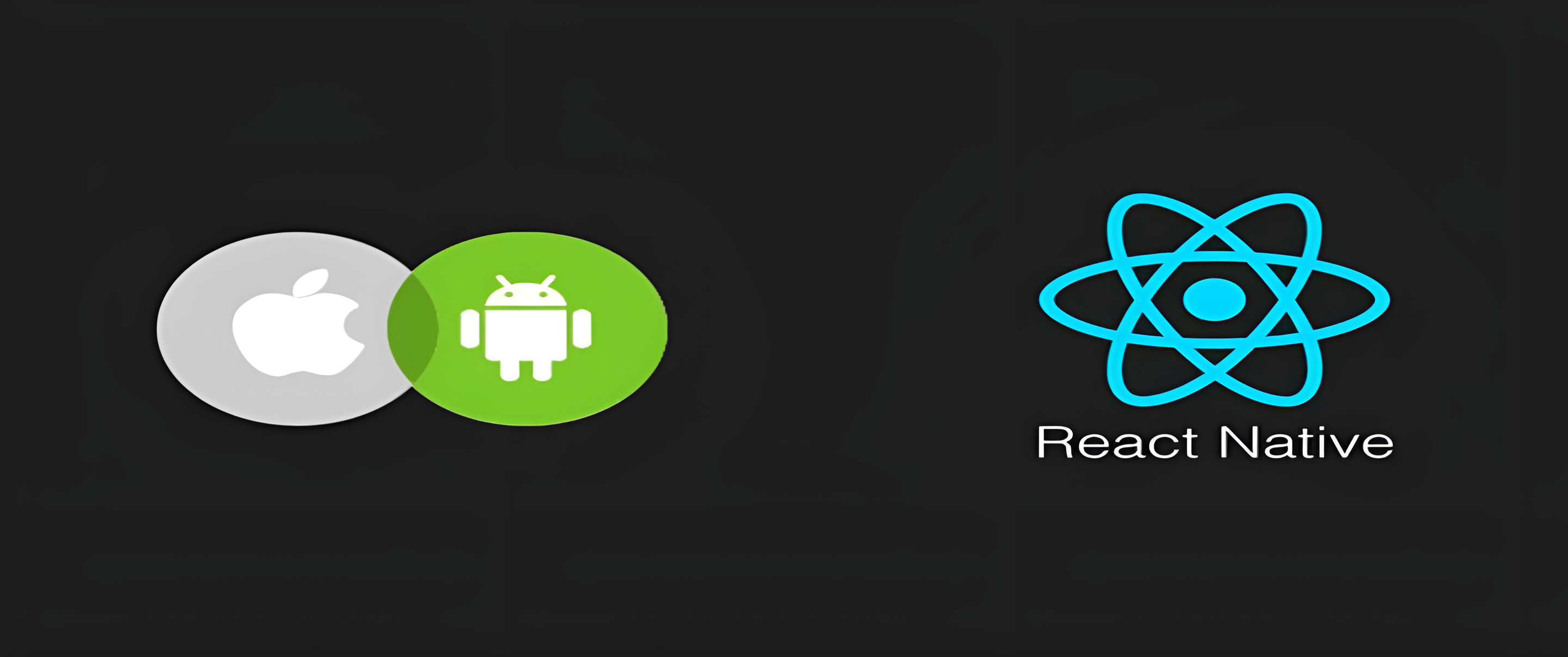React Native Vs. Native:Which Is Best For Your Mobile App?
Building a mobile app requires balancing speed, quality, and budget. React Native, a cross-platform framework, promises faster development and cost savings, while Native development (using Swift for iOS and Kotlin for Android) offers superior performance and platform-specific features. This post breaks down the pros and cons of each approach, providing insights to align your choice with your business goals.
1. Development Speed and Cost
- React Native
- How It Works:
- React Native, developed by Facebook, uses JavaScript and React to build apps for both iOS and Android from a single codebase.
- Pros:
- Faster Development: A single codebase reduces development time by up to 30-40% compared to Native
- Cost-Effective: Lower development and maintenance costs since one team handles both platforms.
- Hot Reloading: Real-time code updates speed up debugging and iteration.
- Cons:
- Third-Party Dependencies: Reliance on community plugins can lead to compatibility issues.
- Maintenance Overhead: Updates to React Native or platform APIs may require additional work.
- Native
- How It Works:
- Native development uses platform-specific languages (Swift for iOS, Kotlin for Android) to build separate apps for each platform.
- Pros:
- Stable Ecosystem: Direct access to platform APIs reduces dependency risks.
- Long-Term Savings: Native apps may require less frequent updates for compatibility.
- Cons:
- Slower Development: Separate codebases for iOS and Android double development time and effort.
- Higher Costs: Requires specialized iOS and Android developers, increasing budgets by 50-100%.
2. Performance and User Experience
- React Native
- Pros:
- Near-Native Performance: Uses native components for smooth UI and decent speed.
- Consistent UI: Unified design across iOS and Android enhances brand consistency.
- Cons:
- Performance Limitations: Heavy computations or complex animations may lag compared to Native.
- Platform Gaps: Some platform-specific features require custom native modules, adding complexity.
- Native
- Pros:
- Optimal Performance: Direct access to device hardware ensures faster rendering and smoother animations.
- Rich User Experience: Full integration with platform-specific UI guidelines (e.g., Apple’s Human Interface Guidelines) delivers a polished feel.
- Cons:
- Inconsistent UI: Separate designs for iOS and Android may lead to slight UX variations.
- Resource Intensive: High-performance features require more device resources.
3. Scalability and Maintenance
- React Native
- Pros:
- Easier Scaling: Single codebase simplifies adding new features or supporting new devices.
- Community Support: Large ecosystem of libraries and tools accelerates feature development.
- Cons:
- Version Upgrades: React Native upgrades can break existing code, requiring rework.
- Plugin Reliability: Community plugins may lack long-term support.
- Native
- Pros:
- Robust Scalability: Platform-specific tools handle complex features and large user bases efficiently.
- Stable Updates: Apple and Google provide reliable SDK updates with clear migration paths.
- Cons:
- Dual Maintenance: Updates must be applied separately to iOS and Android, doubling effort.
- Higher Complexity: Scaling across platforms requires coordinating two codebases.
4. Access to Platform Features
- React Native
- Pros:
- Broad Feature Access: Covers most device features (camera, GPS, notifications) via native modules.
- Rapid Prototyping: Ideal for MVPs needing quick access to common features.
- Cons:
- Limited Native APIs: Advanced features like ARKit or Wear OS integration may require custom native code.
- Delayed Support: New platform features may take time to be supported.
- Native
- Pros:
- Full API Access: Immediate access to the latest platform features and APIs.
- Custom Capabilities: Build advanced features like custom gestures or hardware integrations.
- Cons:
- Platform-Specific Effort: Implementing features like push notifications requires separate coding for each platform.
5. Team Expertise and Development Process
- React Native
- Pros:
- Unified Team: One team with JavaScript/React expertise can handle both platforms.
- Shorter Learning Curve: Easier to find developers familiar with JavaScript.
- Cons:
- Native Knowledge Needed: Complex features still require iOS/Android expertise.
- Native
- Pros:
- Specialized Skills: Dedicated iOS and Android developers ensure deep platform knowledge.
- Mature Tools: Xcode and Android Studio offer robust debugging and testing.
- Cons:
- Larger Teams: Requires separate iOS and Android specialists, increasing coordination.
When to Choose React Native
- Best For: Startups, MVPs, or apps needing fast deployment across iOS and Android.
- Use Cases: Social apps, e-commerce platforms, or content-driven apps with moderate performance needs.
- Why: Cost-effective, rapid development, and cross-platform consistency.
When to Choose Native
- Best For: Apps requiring high performance, complex features, or deep platform integration.
- Use Cases: Gaming apps, AR/VR experiences, or enterprise apps with strict compliance needs.
- Why: Superior performance, full platform access, and long-term stability.
Challenges to Avoid
- React Native:
- Over-Reliance on Plugins: Vet third-party libraries for reliability.
- Neglecting Performance: Optimize JavaScript threads for heavy tasks.
- Native:
- Budget Overruns: Plan for dual development costs upfront.
- UI Inconsistency: Align iOS and Android designs early.

